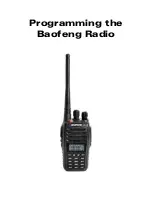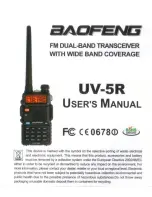
8. The OSD menu – installation
GB 18
2.3 Antenna setting
In order to carry out a successful search, you have to
adapt the receiver to the existing antenna.
2.3.1 Satellite
Select the satellite whose settings you wish to change.
2.3.2 LNB type
Digital is almost without exception the correct choice for
all conventional LNBs. Only select further settings if they
are expressly specified in the assembly instructions!
2.3.3 Transponder
Select a transponder of the selected satellite. Check the
correct settings via the signal strength and signal quality
indicators.
2.3.4 DiSEqC
DiSEqC enables the reception of several satellite
positions. If you have, e.g., aligned two LNBs to two
different satellites (ASTRA and HOTBIRD), use DiSEqC
LNBs and a DiSEqC switch. For the ASTRA position
select the setting 1/2 and for the HOTBIRD position the
setting 2/2. You can control a 2, 4, 8 or 16-way switch
and a DiSEqC-suitable multi-switch. Note: On some
DiSEqC switches the connections are marked with letters
(A, B, C, D ...) instead of numbers. However, the
sequence is the same.
2.3.5 22 kHz
The 22kHz signal is used to switch a universal LNB
(off = low band, 22kHz = high band). If you have selected
“digital” as the LNB type, switching occurs automatically.
If you do not own a conventional LNB, the setting has to
be carried out manually.
2.3.6 Toneburst (“mini DiSEqC“)
The toneburst signal enables the reception of two
satellite positions.
2.3.7 Polarisation
Satellite signals are transmitted on two levels (horizontal
and vertical). Always select the AUTO setting which
enables the reception of both levels. In exceptional
situations it may be necessary to receive only the
horizontal OR the vertical level, e.g. in household
systems or to receive exotic satellites.
Содержание DX 7
Страница 1: ...Digital Satellite Receiver DX 7 OPERATING INSTRUCTIONS 19640 ...
Страница 2: ...General Installation GB 2 ...
Страница 32: ...9901964002 BDA E GB 01 2010 EUP ...















































